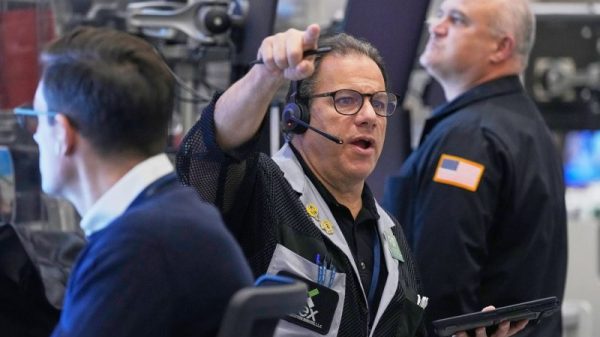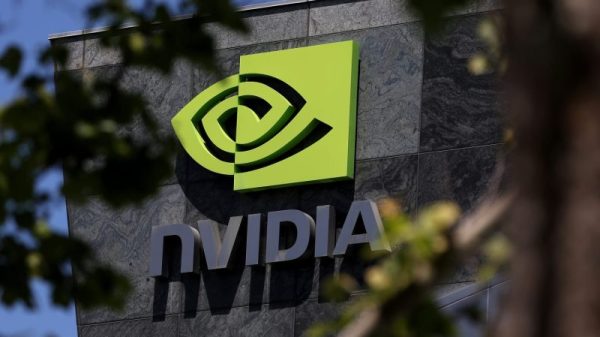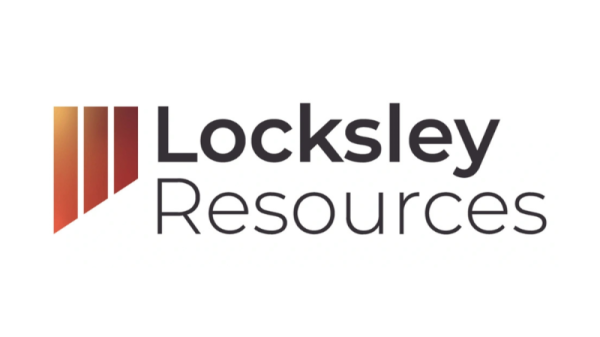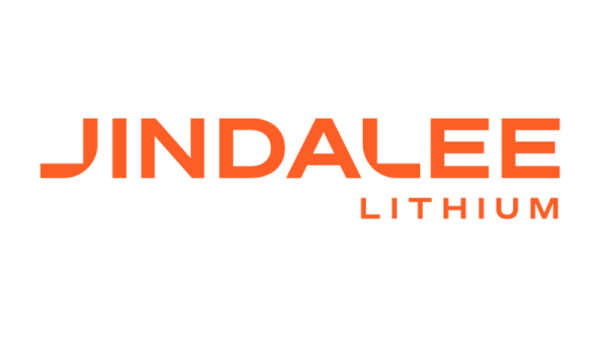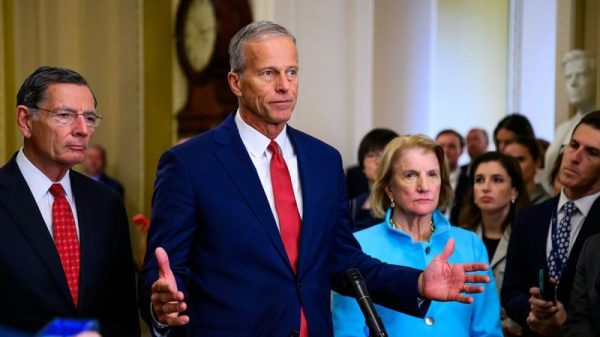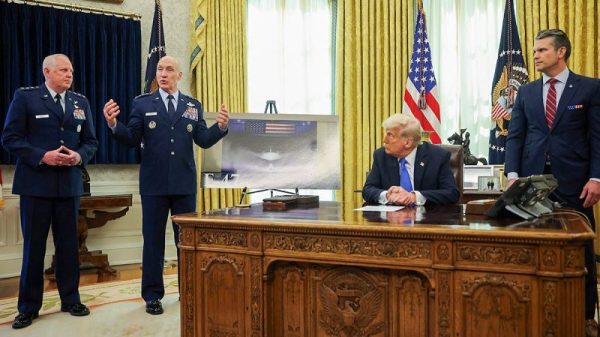Nutrien (TSX:NTR) has chosen the Port of Longview in Washington state as the preferred site for a new potash export terminal, shifting one of Canada’s largest resource expansions across the border.
The Saskatchewan-based producer said that Longview emerged as the strongest candidate after evaluating 30 criteria, including rail access, deep-water capability and overall construction feasibility.
Nutrien maintained the Longview site is intended to complement its existing Canadian terminals, not replace them, and emphasized that planning remains in early stages.
A final investment decision is expected in 2027, and the proposed US facility could handle five to six million metric annually, with full build-out likely requiring between US$500 million and US$1 billion.
Stuart Smyth, a professor in the University of Saskatchewan’s Agricultural and Resource Economics department, said that Canada’s regulatory environment and rail bottlenecks have become decisive factors.
“To put a billion-dollar investment in place is going to require rail capacity improvements, and by the sounds of what Nutrien is saying, things are easier to get done in the United States than they are in Canada,” he said in an interview with CBC.
Smyth added that discussions around this move likely began years ago, well before recent trade tensions.
Nutrien, the world’s largest potash fertilizer producer, mines the mineral from six underground operations in Saskatchewan and ships most of its exports—up to 11 million metric tons per year—through Neptune Terminals in Vancouver’s North Shore.
Canpotex, co-owned by Nutrien, already ships about three million metric tons through Portland, Oregon, demonstrating a long-running reliance on US infrastructure when Canadian capacity tightens.
The Port of Vancouver reported potash exports up 26 percent year-over-year, but expansion at its North Shore and Westshore terminals may still fall short of projected global demand. Nutrien has repeatedly raised concerns about transportation delays in Canada and has cited rail congestion in Metro Vancouver and labour disputes that have disrupted past shipments.
The company said the Longview plan is designed to ensure reliability as it competes for market share in Asia.
Political backlash
The decision has triggered political reactions across three provinces and at the federal level, though officials broadly agree Nutrien is acting in its business interest.
Saskatchewan Trade and Export Development Minister Warren Kaeding said, “Nutrien has their own shareholders and their own board that they have to be responsible to, so we’re certainly very respectful of that decision,” while also calling it “unfortunate that they’ve decided that they need to build outside of Canada.”
He said the province will continue pushing Ottawa to support a “major economic corridor” that strengthens export routes in all directions.
British Columbia Premier David Eby questioned the choice more sharply, arguing that relying on a US port places Canadian resources at risk.
“Puts Saskatchewan’s resources in a precarious place, and denies BC a port expansion,” Eby said.
Federal Transportation Minister Steve MacKinnon also urged the company to reconsider, saying, “I’m disappointed at this decision and we’re hoping to persuade the company to change its mind.”
Nutrien reported US$1.7 billion in net earnings in the first nine months of 2025, supported by strong fertilizer prices, and expects global demand to continue rising.
Its expansion plans coincide with the looming arrival of mining giant BHP Group’s (ASX:BHP,NYSE:BHP,LSE:BHP,OTCQX:BHPLF) Jansen development in Saskatchewan, slated to begin production in 2027 and expected to become the world’s largest potash mine.
The Longview terminal remains at least two years away from a formal go-ahead, but if built, it would allow the company to ship as much product through Washington as through Canadian ports by the early 2030s.
Securities Disclosure: I, Giann Liguid, hold no direct investment interest in any company mentioned in this article.







